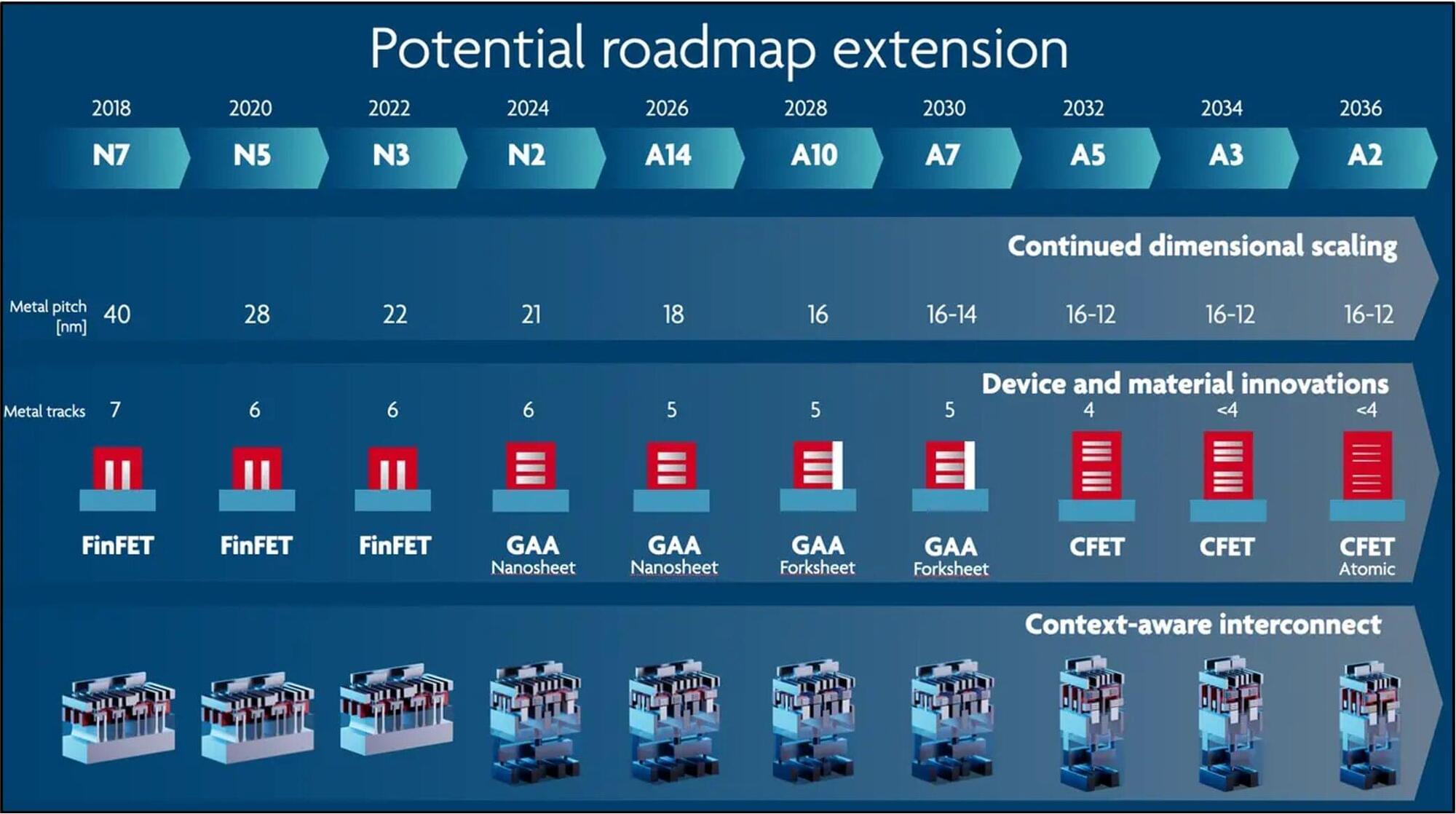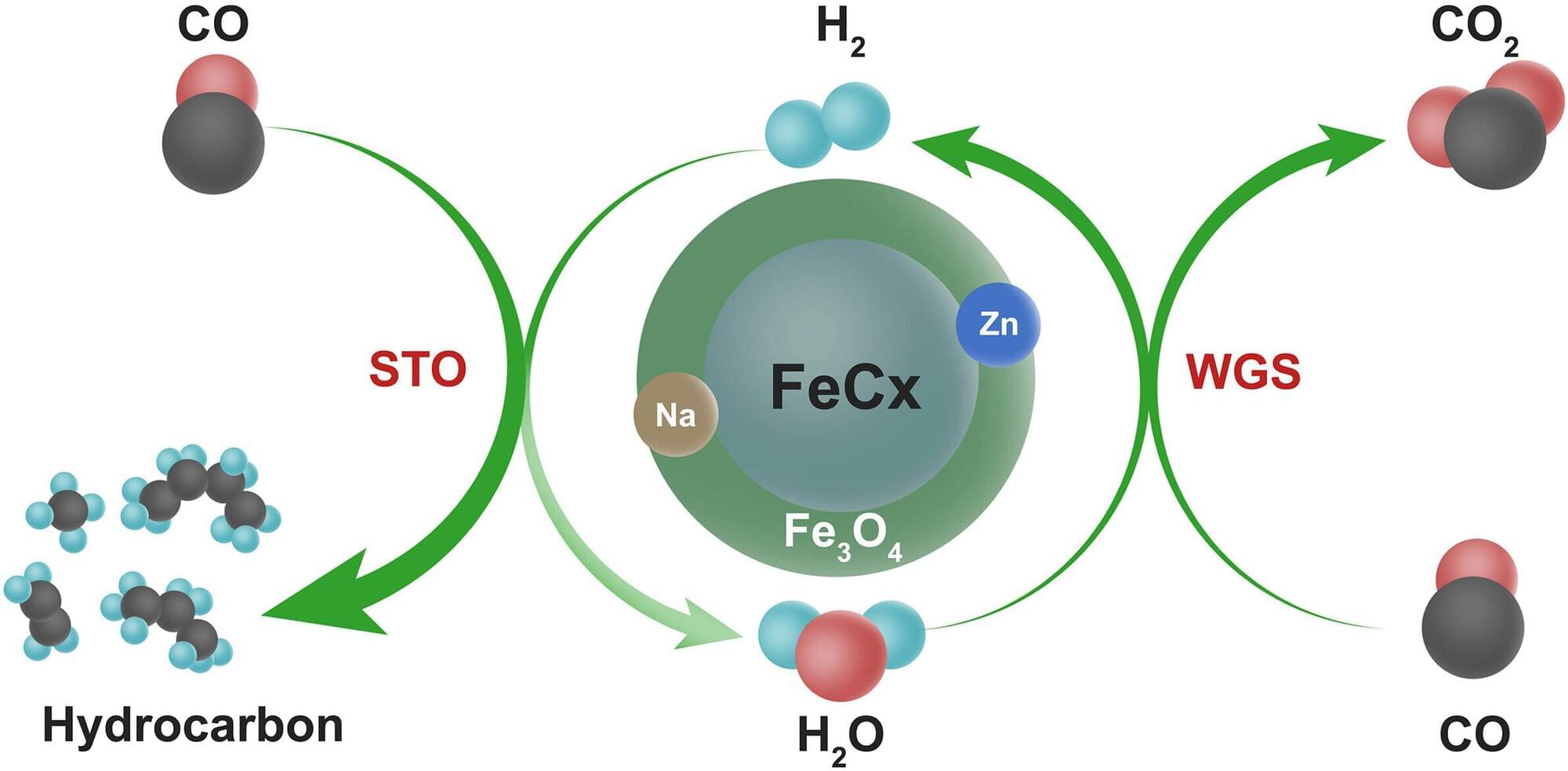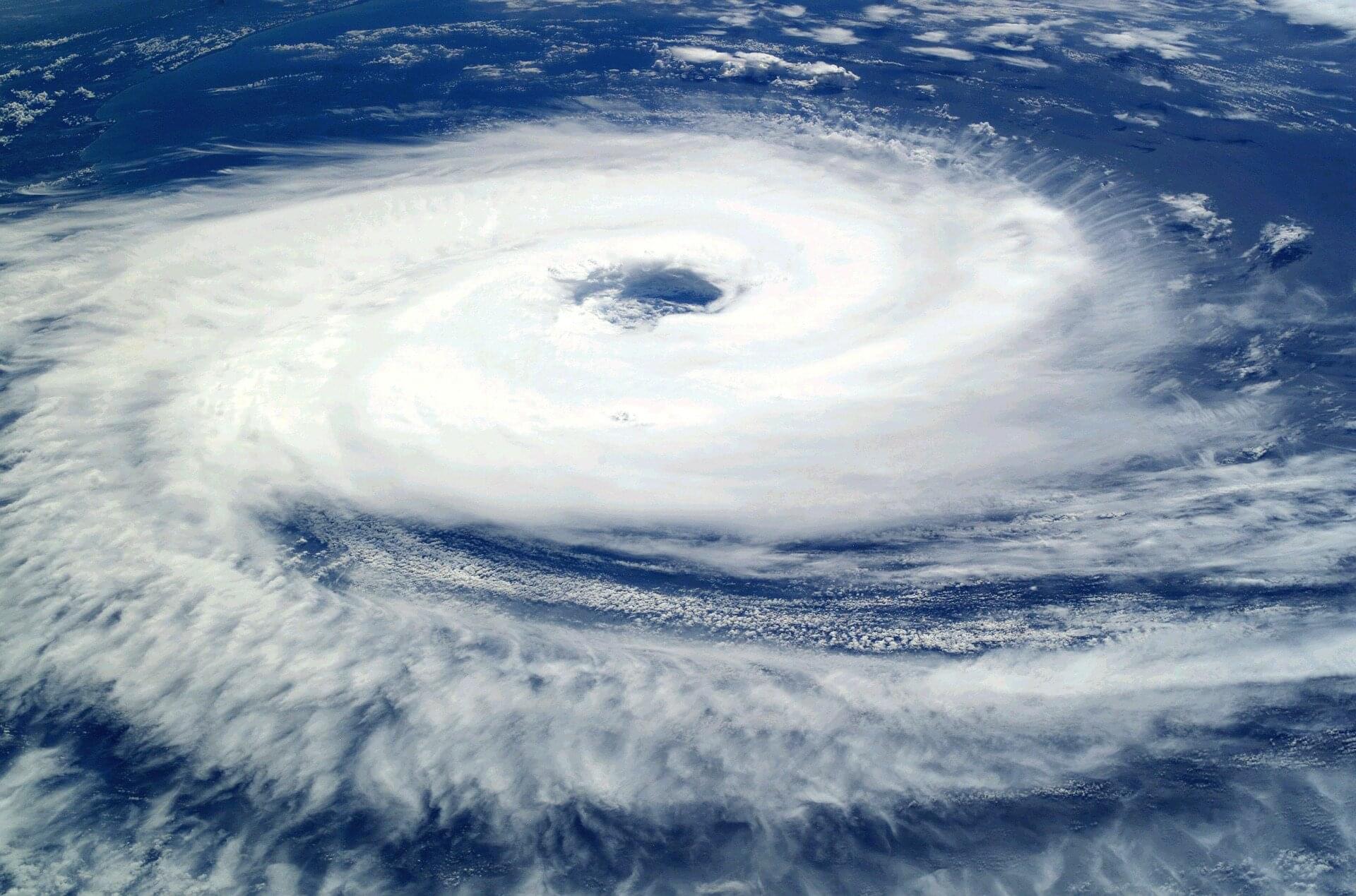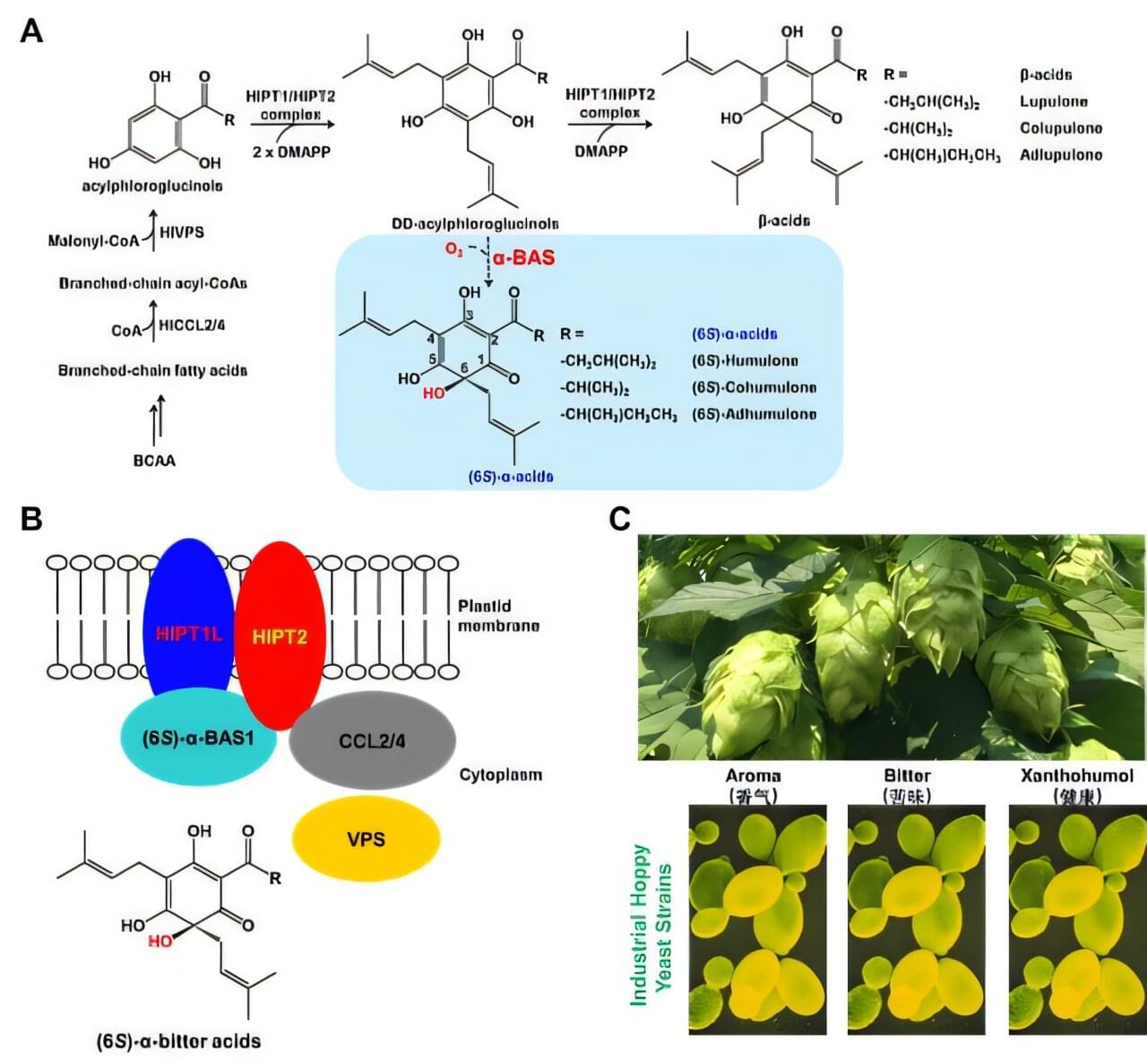Executive Summary Semiconductors are the foundational technology enabling virtually every aspect of contemporary economic activity, from artificial intelligence and cloud computing to medical devices and…


The rich in the U.S. just keep getting richer. Over the five decades, incomes have risen materially faster at the very top than anywhere below, and similarly, wealth has accumulated much more quickly at the top than anywhere below. A report from the Stone Center On Socio-Economic Inequality (at CUNY) looks at the mutually-reinforcing relationship between these two dynamics…
Homoploutia describes the situation in which the same people (homo) are wealthy (ploutia) in the space of capital and labor income in some countries. It can be quantified by the share of capital income rich who are also labor income rich. In this paper, we combine several datasets covering different time periods to document the evolution of homoploutia in the United States from 1950 to 2020. We find that homoploutia was low after World War II, has increased by the early 1960s, and then decreased until the mid-1980s. Since 1985 it has been sharply increasing: In 1985, about 17% of adults in the top decile of capital income earners were also in the top decile of labor-income earners. In 2018 this indicator was about 30%. This makes the traditional division between capitalists and laborers less relevant today. It makes periods characterized by high interpersonal inequality, high capital-income ratio, and high capital share of income in the past fundamentally different from the current situation. High homoploutia has far-reaching implications for social mobility and equality of opportunity. We also study how homoploutia is related to total income inequality. We find that rising homoploutia accounts for about 20% of the increase in total income inequality in the United States since 1986…
Note that the report was written in the 2020 (and published in The Review of Income and Wealth in 2023). The dynamic has continued since; the polarizing impact has grown.

Scientists have developed a new iron-based catalyst that improves the typically low hydrogen atom economy (HAE) in the direct synthesis of olefins—small hydrocarbon molecules. It converts the water produced as a by-product into hydrogen for olefin production, thereby boosting overall efficiency.
Olefins derived from petroleum are the building blocks for many plastics and fuels. Direct conversion of syngas—a mixture of carbon monoxide (CO) and hydrogen (H2)—into olefins offers a promising alternative to reducing reliance on petroleum. It opens ways for using syngas derived from coal, biomass, or natural gas as a feedstock for olefin production.
In this study published in Science, researchers presented a sodium-modified FeCx@Fe3O4 core-shell catalyst produced via coprecipitation and thermal treatment. The catalyst achieved over 75% olefin selectivity and a 33% by weight hydrocarbon yield. It also had an HAE of ~66–86%, which is significantly higher than the ~43–47% seen in the traditional syngas-to-olefin (STO) conversion methods.
Advancements in AI, robotics, and space exploration are driving us towards a future of sustainable abundance, enabled by innovations such as space-based solar power, humanoid robots, and scalable AI infrastructure. ## ## Questions to inspire discussion.
Terafabs and AI Chips.
🛠️ Q: What are Elon Musk’s plans for terafabs?
A: Musk plans to build terafabs with 10 lines, each producing 100k wafers/month, costing **$10–20 billion/line.
🔋 Q: What challenges do AI chips face for scaling?
A: Scaling AI faces bottlenecks in AI chips and energy, with Musk’s terafabs and solar power as key solutions.

In today’s AI news, Southeast Asia’s largest bank is rolling out an AI chatbot for its corporate clients, giving “round-the-block” access for customer care needs. A pilot version of the generative AI-powered chatbot, named DBS Joy, was rolled out in February. It has since managed over 120,000 unique chats, DBS claimed in a statement. The virtual assistant also cut waiting times, and customer satisfaction scores rose by 23%. The bank’s virtual assistant was first rolled out in 2018, under the same name.
In other advancements, Artificial intelligence giant OpenAI on Monday announced a new initiative that aims to make it easier for service members and veterans to use AI tools when they’re transitioning from military service to the workforce. The ChatGPT-maker announced that service members within 12 months of separation or retirement from, or any veteran within their first year of leaving military service, can access a free year of access to ChatGPT Plus, the company’s subscription-based tool.
Meanwhile, Neurodiverse professionals may see unique benefits from artificial intelligence tools and agents, research suggests. With AI agent creation booming in 2025, people with conditions like ADHD, autism, dyslexia and more report a more level playing field in the workplace thanks to generative AI. A recent study from the UK’s Department for Business and Trade found that neurodiverse workers were 25% more satisfied with AI assistants and were more likely to recommend the tool than neurotypical respondents.
And, San Francisco became a meme — a symbol of American urban decay. Between 2019 and 2024, the city lost 4 per cent of its population, one of the largest declines in America. But thanks to AI — and new “tough on crime” mayor Daniel Lurie — the vibe has, unquestionably, shifted. Since 2020, more than 2,400 AI companies have been founded in San Francisco, a city of just 830,000 people. “Hacker houses”, where bright-eyed coders live communally and build what they hope will be the next Google, have cropped up across the city.
In videos, Six of the most influential minds in artificial intelligence joined FT Live for an exclusive conversation on how their breakthroughs and the current state of AI are shaping our world. Jensen Huang, Yoshua Bengio, Geoffrey Hinton, Fei-Fei Li, Yann LeCun, and Bill Dally spoke with the FT’s AI editor, Madhumita Murgia at the FT Future of AI Summit in London. Together, they reflected on decades of pioneering work — from neural networks to generative AI and discuss the ethical, social, and economic implications of the technology they helped to create.
Then, Ellis Hamburger and Alex Heath chat about the Sources launch party, and living in late-stage extractionism. Then, they are then joined by Runway CEO Cristobal Valenzuela to discuss the hardest part about AI, why golf courses are a bigger problem than data centers, and how world models are changing our world forever.
And, David Sacks, White House AI and Crypto Czar, joins Marc, Ben, and Erik on the a16z podcast to explore what’s really happening inside the Trump administration’s AI and crypto strategy. They expose the regulatory capture playbook being pushed by certain AI companies, explain why open source is America’s secret weapon, and detail the infrastructure crisis that could determine who wins the global AI race.
Six of the most influential minds in artificial intelligence joined FT Live for an exclusive conversation on how their breakthroughs and the current state of AI are shaping our world.
On 6 November, Jensen Huang, Yoshua Bengio, Geoffrey Hinton, Fei-Fei Li, Yann LeCun, and Bill Dally spoke with the FT’s AI editor, Madhumita Murgia at the FT Future of AI Summit in London. Together, they reflected on decades of pioneering work — from neural networks to generative AI and discuss the ethical, social, and economic implications of the technology they helped to create.
All six, along with Professor John Hopfield, are recipients of the 2025 Queen Elizabeth Prize for Engineering for their foundational contributions to machine learning and AI.
👉 For more exclusive interviews and agenda-setting conversations with global AI leaders, visit our website: https://ai.live.ft.com/
#ArtificialIntelligence #JensenHuang #GeoffreyHinton #AI #MachineLearning #FTLive #FutureofAI

My latest, part of my CA Gov run!
These cities could also confront two of California’s biggest crises: homelessness and housing affordability. We could plan from day one for low-income and permanent supportive housing, integrated into neighborhoods rather than hidden on the margins. Additionally, for young people, who have watched the dream of owning a home slip away, these new cities could offer a real future—places where the middle class can afford to live, not just survive.
Supercities would also allow us to build sustainability into the foundation of urban life. Powered by renewable energy, designed around walkability and transit, and filled with parks, green roofs and cutting-edge architecture, they could show the world that growth and environmental responsibility can coexist. California has always been a leader in innovation. Why not apply that same imagination to how we live?
This isn’t fantasy—it’s pragmatism. California’s housing shortage is measured in millions of units. Fixing that within the current system is nearly impossible. Building new cities from scratch is the cleanest, fastest way to meet the scale of the problem. It would put people to work, attract investment and reignite the sense of purpose that once defined this state.
The choice is simple: stagnation or creation. We can let our cities decay under the weight of overregulation and paralysis, or we can build new ones that embody the California ideal of progress. The state that built Silicon Valley, Hollywood and the Golden Gate Bridge shouldn’t be afraid to build again. Supercities aren’t some futuristic fantasy—they’re the bold, realistic solution California needs to revive its economy, house its people and remind the world what ambition looks like.

Beyond direct injuries, exposure to tropical cyclones is associated with higher risks of death across a range of causes including kidney, heart and lung diseases, neuropsychiatric conditions, and diabetes, finds a study published in The BMJ’s climate issue.
Risks were substantially higher in deprived communities and areas that have previously experienced fewer tropical cyclones, suggesting an urgent need to integrate more evidence on tropical cyclone activity into disaster response plans, say the authors.
Tropical cyclones are one of the most devastating and costly extreme weather events, affecting an average of 20.4 million people a year with direct economic losses of US$51.5 billion over the past decade.


Hops are an essential ingredient in beer brewing and an important economic crop. The female flowers of hops are covered in tiny glandular trichomes that synthesize and store a variety of specialized metabolites, collectively defining the flavor and quality of beer. Terpenes provide the distinctive aroma, xanthohumol has potent antioxidant properties that benefit human health, and α-bitter acids give beer its characteristic bitterness.